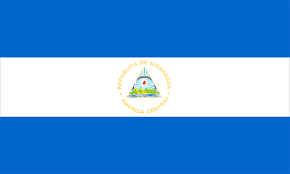Difference between revisions of "Language/Miskito/Vocabulary/How-to-Say-Hello-and-Greetings"
< Language | Miskito | Vocabulary
Jump to navigation
Jump to search
m (Quick edit) |
|||
| Line 103: | Line 103: | ||
[[Category:Jennifers]] | [[Category:Jennifers]] | ||
==Related Lessons== | |||
* [[Language/Miskito/Vocabulary/Days-of-the-Week|Days of the Week]] | |||
* [[Language/Miskito/Vocabulary/Numbers|Numbers]] | |||
* [[Language/Miskito/Vocabulary/Months-of-the-Year|Months of the Year]] | |||
Revision as of 14:30, 26 February 2023
🤗 Mískito Greetings for Everyday Life
Hi Mískito learners! 😃
Mískito is spoken by about 200,000 people in Nicaragua, Honduras and Belize.
Do you want to learn how to say “Hello” in Mískito?
Greetings are an important part of any language because they allow you to connect and communicate with others.
If you’re planning a trip to the country or are trying to learn Mískito, keep reading to discover some of the most important greetings.
Let’s get started! 🤗
Greetings
| English | Mískito |
|---|---|
| general greeting | Naksa |
| how are you? | Nahki sma? |
| reply to Nahki sma | Pain |
| reply to Nahki sma | Pain sma |
| morning greeting | Titan yamni |
| afternoon greeting | Tutni yamni |
| evening greeting | Tihmia yamni |
| welcome greeting | Yamni balram |
Videos
Learn to Speak Miskito

